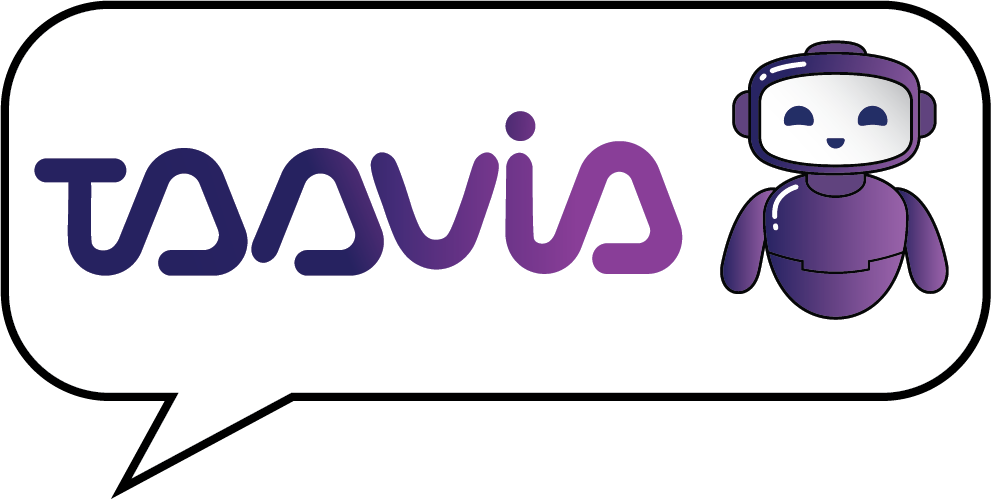
Multilingual Support: Breaking Language Barriers with Taavia
One of the best things about technology is how it connects people. But let’s face it—language has often been a wall. Not everyone speaks the same language, and not everyone expresses themselves in perfect grammar. But that shouldn’t stop anyone from getting help, answers, or a great experience.
That’s why multilingual support in AI is such a big deal.
It means you can speak or type in the language you’re most comfortable with—English, Arabic, Persian, Spanish, French, or anything else—and the AI just gets it. It replies in your language too, naturally and smoothly, like someone who’s fluent.
Let’s take a closer look at how this works, why it matters, and how it’s changing the way we interact with technology.
What Is Multilingual Support in AI?
Multilingual support simply means that an AI system can understand and respond in multiple languages—not just by translating words, but by really understanding the meaning, tone, and context of what you say.
And the experience is seamless. You don’t have to press a button or select a language from a menu. You just start talking or typing, and the AI responds—like a conversation with someone who speaks your language perfectly.
Why It Matters More Than Ever?
We live in a world full of different cultures, accents, dialects, and languages. Businesses and websites are reaching people across the globe. Families and teams are more international than ever. That makes language support not just a nice feature—but something essential.
🌍 It Makes Things Accessible
No one should be left out just because they don’t speak a certain language. When AI understands your native tongue, it levels the playing field. It makes digital spaces open and welcoming for everyone.
🗣️ People Communicate Better in Their Own Language
We all explain things best in our first language. We feel more confident, more natural, and more ourselves. Multilingual support allows people to ask for help, give feedback, or express needs without struggling to find the “right” words.
🔄 It Feels Effortless
No settings to adjust. No need to translate anything manually. Just talk or type, and the system responds. That smooth, intuitive experience makes users feel understood from the first word.
🤝 It Builds Inclusion
When tech speaks your language, it sends a powerful message: “You belong here.” That kind of inclusion is what makes customers trust a service, students feel supported, and teams work better together.


What Makes It Work
Multilingual AI isn’t just about running things through a translation engine. It’s built on advanced language models trained on huge amounts of multilingual data. That allows it to understand not just words, but context, intent, and even cultural tone.
Key features that make it effective include:
-
✅ Automatic Language Detection
The AI can recognize what language you’re using from your first few words—no need to tell it in advance. -
✅ Context-Aware Responses
It doesn’t just translate literally. It picks up on what you mean, ensuring answers make sense and sound natural. -
✅ Conversational Fluency
Replies aren’t robotic—they’re clear, local-sounding, and tailored to how real people speak in that language. -
✅ Both Voice and Text Support
Whether you’re speaking aloud or typing a message, the system understands and replies in your chosen format—and in your language.
Final Thoughts
Multilingual support is about more than convenience—it’s about inclusion, understanding, and accessibility. In a world where we’re all more connected than ever, it’s not enough for technology to be smart. It needs to be open. It needs to listen. And it needs to respond in the language people are most comfortable using.
With multilingual AI, we’re finally at a point where that’s not only possible—it’s becoming the new normal.
Wherever you’re from, whatever language you speak, you should feel like tech understands you. Because now, it really can.
